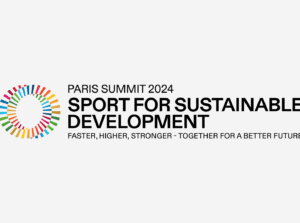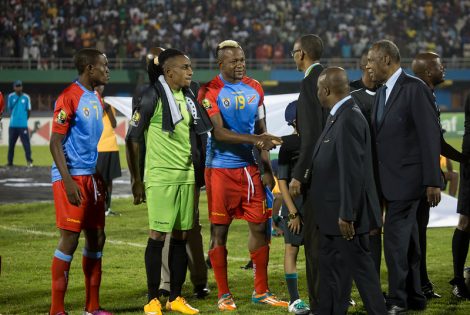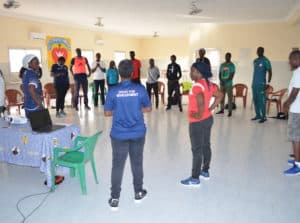
Sport and development in Africa: What is the role of the public sector?

Betting on sport as an engine of development requires the implementation of coordinated strategies, within which the public sector can play a leading role. Governance, regulations, technical and financial support, leadership – its action can take various forms.
A public sector at the heart of sports policies
Most African countries have developed a sports policy adapted to their respective objectives. Organised in 2008 by the Moroccan Ministry of Youth and Sports, the National Sports Conference led to the definition of a National Sports Strategy (2008-2020) with five strategic levers, including the sports and sports practice promotion, modernisation of the sector’s governance, the training system reform and sport trades professionalisation. 80% of the budget was allocated to infrastructure development (PwC, 2020).
In 2020, South Africa adopted a national sport development strategy under the Horizon 2025. Under the tutelage of the Department of Sport, Arts and Culture, the strategy aims to develop sport and its values in everyday life and generate a sporting nation with a melting pot of champions. Among the five main strands, priority is given to the “active nation”, which promotes access to recreational sports for all with the objective of promoting well-being and social integration, and preventing risky behaviour (delinquency, health).
African sports policies wish to make sport a source of socio-economic and financial opportunities and international influence. Nevertheless, inclusiveness remains essential for these emerging countries and the public sector can contribute to this. For example, improving the specific skills of sports actors should be part of a training offer that is accessible to all. Further, the practice of grassroots sports and school sports is often hindered by a lack of equipment. Although all Moroccan regions now have local infrastructure, the ratio remained at one sporting complex for 68,400 Moroccans in 2018 (PwC, 2020). Governments must therefore “organise sport and integrate it into development policies so that it participates in the economic, social, and cultural development of young nations” (Kpazaï, 2012, p.100).
The role of the public sector in Sport for Development and Peace (SDP)
SDP is an emerging sector of development cooperation and represents the intentional use of sport and physical activity as a tool to contribute to development and peace goals (Dudfield & Dingwall-Smith, 2015). SDP promotes outcomes beyond the playing field (health, education) rather than focusing solely on athletic performance.
Sport development and SDP are two different but interrelated approaches. According to Kidd, SDP can be distinguished from sport development in that it seeks out those not already involved in sport without prioritising participation in training and competitions (2008, p.373). In terms of social change, “sport alone is unlikely to succeed but neither are programmes that use sport as a medium without sports expertise or infrastructure” (Sanders, 2017, p. 46).
The role of the public sector in SDP depends, in part, on the prevailing state conception (i.e. neoliberal, social democrat, developmentalist, etc.). In the Ivory Coast, sport organisation is the state’s responsibility, which, through the Ministry of Sports, supports and supervises the activities of legal entities, with respect to the practice of sport and the organisation of national and international competitions.
In Kenya, while “sport policies and legislative arrangements are out of date […], government efforts are recognised in areas such as capacity building and training as well as providing an enabling environment in which civil society and the private sector could function…Sport and development management was vigorously pursued by various NGOs and private companies and that Kenya excelled in areas such as traditional sport and games […], sport education at school and the development of the youth” (ICESSD, 2014, p.161).
Generally, “it is recommended that the state focuses on leadership in SDP, including policy, legislation, regulation and oversight, and forming strong partnerships with other sectors to ensure SDP efforts are effective and efficient, and subject to evaluation. It may still retain the ability to fund or deliver special projects and scale initiatives as needed” (Sanders, 2017, p.192).
Thus, the role of the public sector in sport development and development through sport depends on a variety of factors. However, there is broad agreement on the need to foster synergies between the public and private sectors, civil society, and the academic world to maximise the potential of sport for social change.










